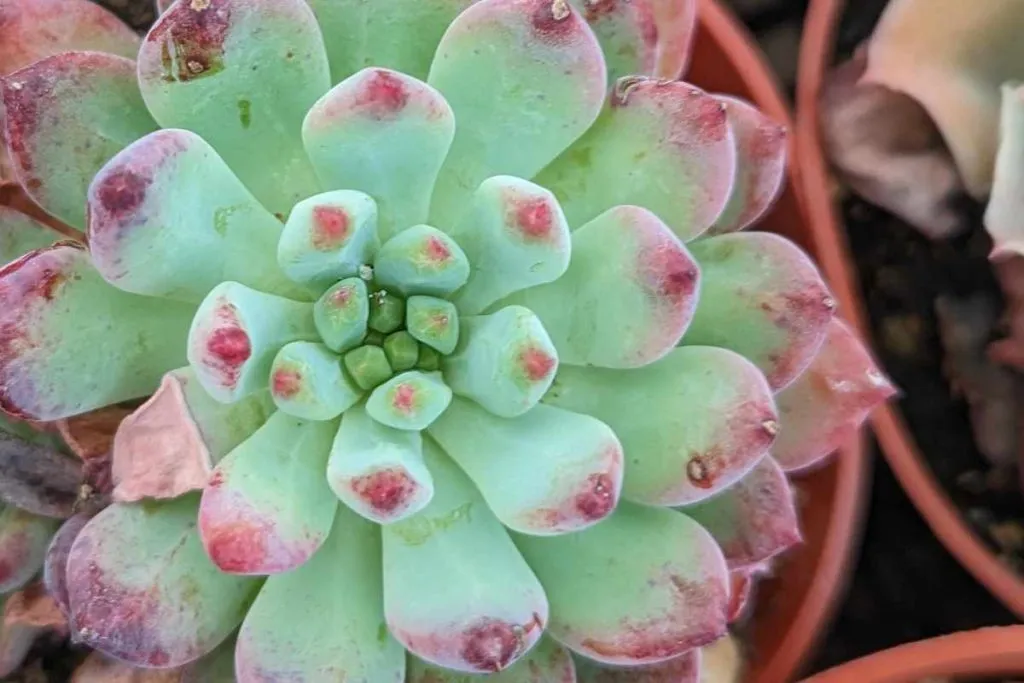Explore Why Some Plants Reject Epsom Salt as a Nutrient Resource
In the intricate globe of plant nourishment, the rejection of Epsom salt as a sensible nutrient source by some plants postures an interesting problem. In spite of its rich magnesium and sulfur content, specific plant varieties seem to shun this readily offered substance. The factors behind this discerning actions look into an intricate interplay of plant absorption systems, the one-of-a-kind chemical framework of Epsom salt, and plant-specific nutrient choices. Recognizing these elements might lose light on the mysteries of why some plants choose out of using this apparently useful nutrient resource.
Plant Absorption Systems
In delving into the complex world of plant absorption systems, it ends up being obvious that the procedure is controlled by a sophisticated interplay of molecular paths and physiological characteristics. Plants soak up nutrients largely through their roots, utilizing various transport systems to uptake vital aspects such as nitrogen, magnesium, potassium, and phosphorus. Magnesium, a vital element in chlorophyll synthesis and enzyme activation, plays a vital function in plant growth and advancement.
The absorption of magnesium involves several steps, beginning with its schedule in the dirt remedy. When dissolved, magnesium ions are occupied by plant origins with certain transportation healthy proteins embedded in the cell membrane layers. These proteins assist in the movement of magnesium throughout the root cell wall surfaces and right into the plant's vascular system, where it is then distributed to various cells to support various physical functions.
Understanding the detailed systems behind magnesium absorption in plants clarifies how this essential nutrient adds to general plant health and performance. By enhancing magnesium uptake pathways, farmers can enhance plant yields and quality, highlighting the relevance of understanding plant absorption dynamics for lasting agriculture methods.
Epsom Salt Chemical Structure
The chemical framework of Epsom salt, likewise referred to as magnesium sulfate heptahydrate, exposes a distinct plan of components that add to its one-of-a-kind homes and applications - what plants don't like epsom salt. Epsom salt is made up of magnesium (Mg), sulfur (S), oxygen (O), and hydrogen (H) atoms. The formula MgSO4 · 7H2O shows that each molecule contains one magnesium atom, one sulfur atom, four oxygen atoms, and 14 hydrogen atoms. The visibility of water particles in its framework contributes to its solubility in water. The 7 water molecules are freely bonded to the magnesium sulfate substance, allowing it to dissolve conveniently in water and be easily occupied by plants through their roots.
The crystal structure of Epsom salt develops monoclinic prisms, which are extended crystals with identical ends. This crystal form influences the physical buildings of Epsom salt, such as its texture and solubility. Understanding the chemical structure of Epsom salt is essential for understanding its behavior as a nutrient source and its interactions with plants in agricultural and gardening techniques.
Plant-Specific Nutrient Preferences
Plants show Discover More Here unique preferences for specific nutrients, stressing the relevance of recognizing their private requirements for optimum development and advancement. Comprehending these plant-specific nutrient preferences is vital for optimizing crop yields, boosting ornamental plant growth, and advertising total plant wellness.

Plant-specific nutrient preferences can likewise vary based upon whether the plant is a monocot or dicot. Monocots, such as lawns and lilies, have different nutrient needs compared to dicots like roses and tomatoes. Furthermore, certain plants might exhibit certain shortages or my link toxicities when revealed to poor or excess levels of specific nutrients. By customizing nutrient supplementation to satisfy the precise requirements of each plant varieties, growers can enhance plant development, reduce vitamins and mineral waste, and support sustainable farming techniques.

Dirt Ph and Nutrient Uptake
Offered the crucial function of plant-specific nutrient choices in maximizing development and health, understanding the partnership in between dirt pH and nutrient uptake becomes critical. Soil pH plays a vital duty in determining the availability of necessary nutrients for plant uptake. Various plants have varying pH preferences for ideal nutrient absorption. For circumstances, acidic dirts with a reduced pH agree with for plants like azaleas and blueberries, while alkaline dirts with a greater pH match plants such as lavenders and clematis.
Soil pH influences the chemical kinds of nutrients in the dirt. In acidic soils, nutrients like aluminum, iron, and manganese can come to be extra available, but excessive acidity can lead to toxicity problems. On the various other hand, alkaline soils may limit the availability of nutrients like zinc, copper, and iron, affecting plant development. Keeping the proper pH degree in the soil is important for ensuring that plants can successfully uptake the essential nutrients for their healthy and balanced growth and efficiency.
Hereditary Consider Nutrient Uptake
In the world of plant nourishment, the interplay of hereditary variables dramatically influences the uptake of necessary nutrients essential for plant development and development. Genetic elements play a crucial duty in forming a plant's capacity to soak up and use nutrients successfully.
Additionally, genetic factors likewise figure out the effectiveness of nutrient uptake systems within plants. Some plants might possess genetic characteristics that improve their capability to Learn More Here scavenge nutrients from the dirt efficiently, giving them an affordable benefit in nutrient-poor atmospheres. On the other hand, genetic variations can likewise cause limitations in nutrient uptake, ensuring plants extra prone to shortages also when nutrients are abundant in the dirt.
Comprehending just how hereditary factors affect nutrient uptake is crucial for developing techniques to maximize plant nutrition and improve crop performance in numerous agricultural settings. By unraveling the genetic systems associated with nutrient uptake, scientists can function in the direction of creating genetically boosted plant selections with boosted nutrient acquisition capacities.
Final Thought

In the detailed world of plant nutrition, the being rejected of Epsom salt as a practical nutrient resource by some plants postures an interesting problem. what plants don't like epsom salt. Understanding these plant-specific nutrient preferences is vital for making the most of crop returns, boosting ornamental plant growth, and promoting general plant wellness
By customizing nutrient supplements to satisfy the precise demands of each plant types, growers can maximize plant development, reduce vitamins and mineral waste, and support sustainable agricultural techniques.
In the world of plant nourishment, the interplay of hereditary aspects considerably influences the uptake of vital nutrients critical for plant development and advancement. Understanding these intricacies in plant nutrient uptake is important for optimizing plant development and health in farming practices.
Comments on “What Plants Don't Like Epsom Salt and Just How It Influences Development”